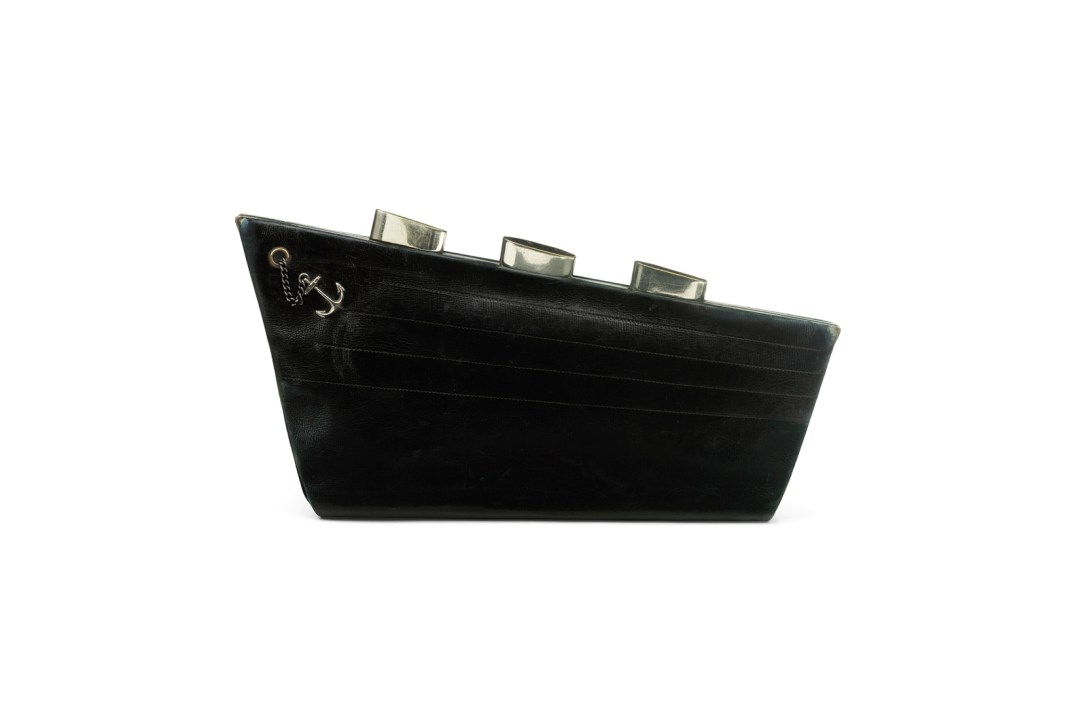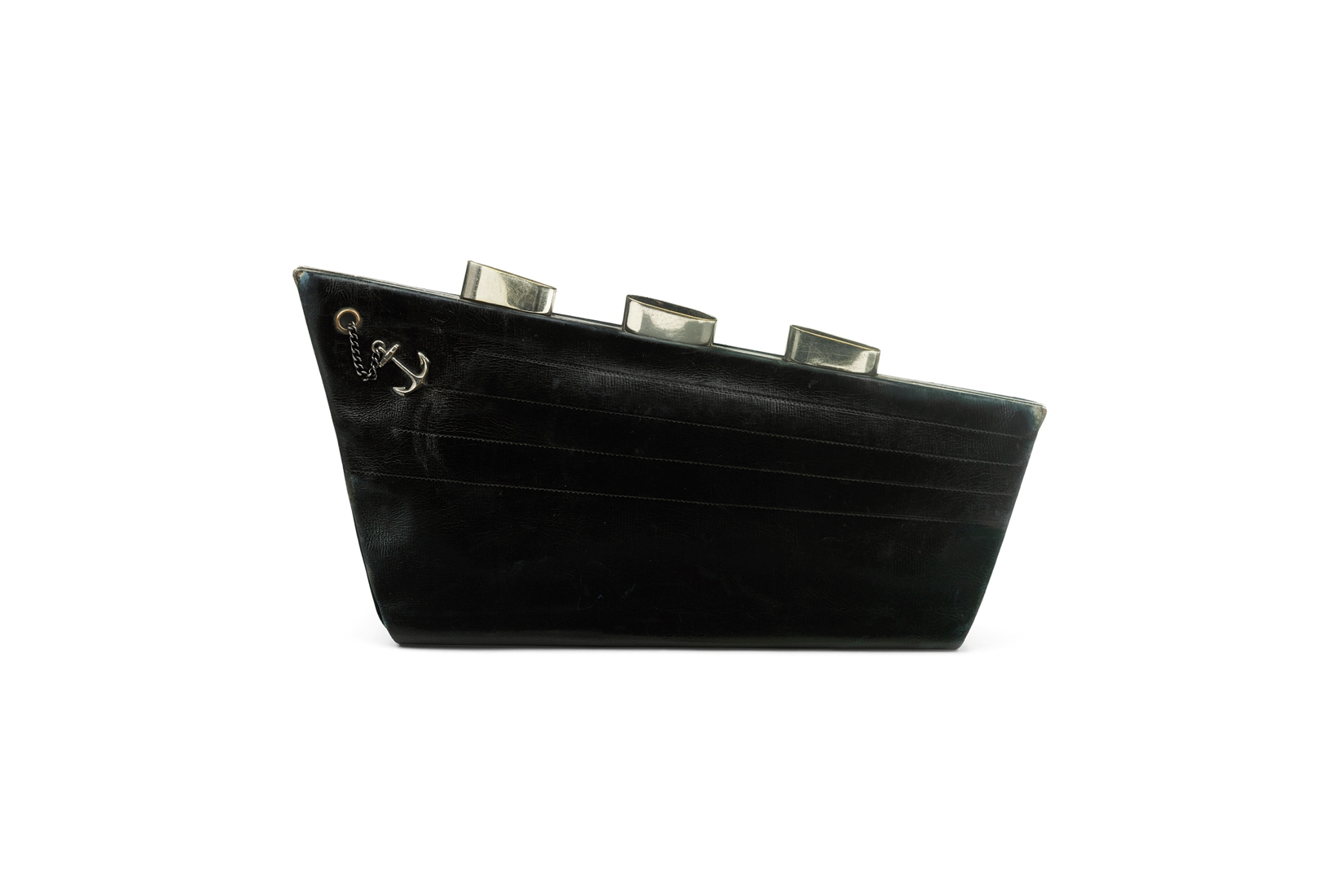‘Of course, I am obstinate in defending our liberties and our law — that is why I carry a big handbag,’ Margaret Thatcher once told an interviewer. That handbag was part of the Iron Lady’s suit of armour; a fashion accoutrement turned into a political prop.
But an accessory that became instantly recognisable on the outside held secrets on the inside. Thatcher referred to it as the only ‘leak-proof’ place in Downing Street, and it was a bag of tricks from which she might conjure pertinent quotes from Abraham Lincoln or Friedrich Hayek, or a crumpled brief from a mysterious source. Norman Tebbit said the art of being a successful cabinet minister ‘was to have worked out in advance how you shot down the advice that was in her handbag, and if you did it well enough the handbag was not opened’.
This curious relationship between the public and the private, between revealing and concealing, is the thread that runs through the V&A’s current exhibition. I managed to sneak in just before the latest lockdown. Bags: Inside Out includes Thatcher’s Nuovo Bidente bag among 300 objects from the 16th century to today that range from ornate chatelaines and the embroidered burse that protected Elizabeth I’s Great Seal of England to military rucksacks and Winston Churchill’s red despatch box.
This exhibition unpacks how these private possessions make such public statements
Curator Dr Lucia Savi explains that a fascination with bags is not a modern phenomenon — nor a gender-specific one. Long before Thatcher’s bag inspired its own legends (and got the verb ‘handbagging’ added to the dictionary), myths and folklore abounded about bags filled with dangerous or delightful powers, from Fortunatus’s purse to the bag of winds given to Ulysses by Aeolus. But bags also have the ability to reveal a great deal without being opened.









Comments
Join the debate for just £1 a month
Be part of the conversation with other Spectator readers by getting your first three months for £3.
UNLOCK ACCESS Just £1 a monthAlready a subscriber? Log in